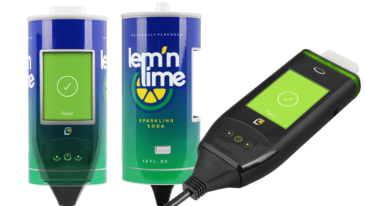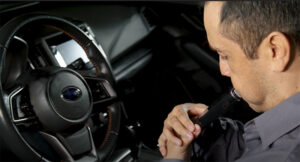
While motorcycles come with plenty of advantages over cars, they can also potentially be more dangerous. According to the National Highway Traffic Safety Administration, motorcycle deaths occurred 29 times more frequently than with other vehicles in 2014. In 2013, data showed that there were 4,399 motorcycle deaths from motor vehicle crashes. Of those, 1,232 (about 28 percent) involved alcohol impairment, meaning a BAC of 0.08 or higher.
Although they were once only used for specific DUI cases, ignition interlock devices have become much more common in cars. Studies suggest that ignition interlock devices can reduce DUI recidivism by an estimated 64 percent. However, IIDs in motorcycles are less common, and they may not always be required. Read on to learn more about interlock devices for motorcycles.
Using an Ignition Interlock Device
Whether it’s for a car or a motorcycle, ignition interlock devices all have the same general design. They connect to your vehicle’s ignition system and feature a mouthpiece that you blow into. Before you can start your vehicle, you are required to blow into the device, which measures your blood alcohol content. If your BAC is above the limit programmed into the device, your vehicle will not start either for a set period of time or until you provide a clean sample.
Even after your vehicle has been started, ignition interlock devices will require periodic breath samples, known as rolling retests. These are designed to ensure that you did not have another person breathe into the device for the initial breath sample. If you fail a rolling retest, the device will set off an alarm, warning you to stop the engine or provide a clean breath sample.
The device logs essentially every activity, including failures and successes, BAC levels, and global positioning. This information is sent to the court or licensing agency.
Tampering with an ignition interlock device is not taken lightly. If you physically tamper with the device or try to fool the machine, you will, at best, have your IID period increased. At worst, the court will add jail time, fines, a license suspension, and other penalties.
Laws for Ignition Interlock Devices on Motorcycles
Most ignition interlock devices are ordered by a court or licensing agency after a DUI offense, though some drivers choose to voluntarily install IIDs into their vehicles. However, there is no national standard for installing ignition interlock devices on motorcycles after being charged with a DUI.
Some states require that you install an IID on every vehicle you own, not just the car that your drive. That means any motorcycles you may own as well. Some states specifically disallow the installation of an ignition interlock device on a motorcycle, while others require motorcyclists to install the devices but do not enforce it.
Manufacturers
The technical barriers of manufacturing and installing a device that fits the specifications of a motorcycle are generally easy to overcome, and existing interlock devices for automobiles can be fitted adequately onto a motorcycle. However, adapting an automobile IID to a motorcycle requires several compromises involving issues related to:
- Exposure to weather and dust
- Vibrations
- Secure storage
- Power draw
- Operator notification for retesting using auditory signals
Manufacturers also differ on the safety risks involved with using a motorcycle interlock, particularly with rolling retests. Rough estimates suggest that less than 0.1 percent of all interlocks in service in the country are motorcycle interlocks.
Consumers
For many who are required to install an ignition interlock device on their motorcycles, the convenience and pleasure of being able to legally ride a motorcycle outweighed the need for testing and retesting. Those who perform rolling retests state that doing so in stop-and-go traffic is more dangerous than doing it on the open road.
Data from 407 motorcycle interlock device users showed patterns similar to those of automobiles. Over 99 percent of BAC tests passed at startup, while 40 percent of riders did not log any failed attempts.
Wrapping Up
Regardless of if your state requires an ignition interlock device for riding under the influence, they still have strict DUI laws. Riding your motorcycle after drinking puts you and other drivers in danger and can lead to a variety of penalties, including fines, suspensions, and jail time.
Sources:


